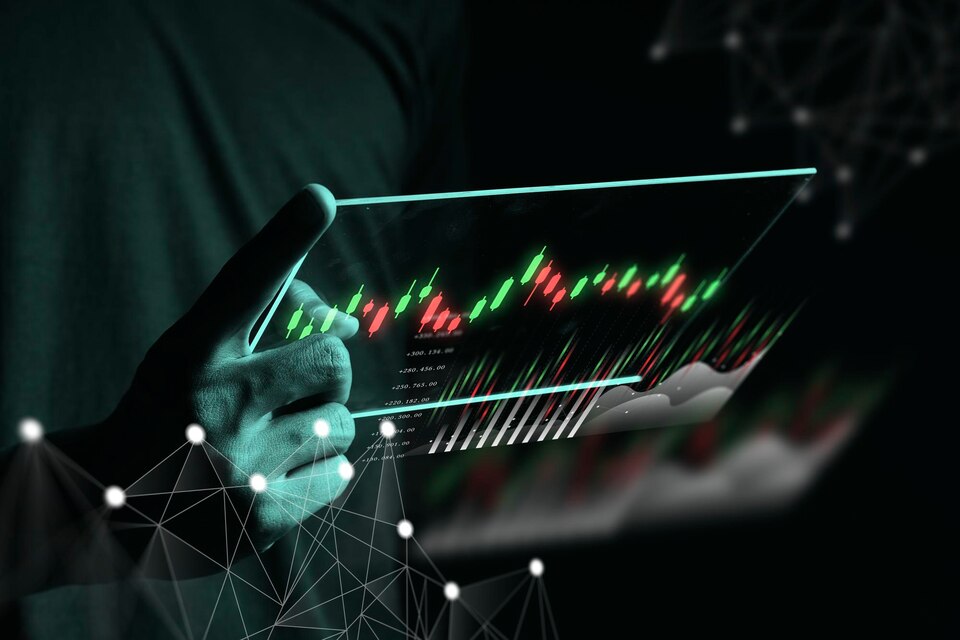Introduction
In recent years, the integration of artificial intelligence (AI) and machine learning (ML) has revolutionized various industries, and Forex trading is no exception. The Forex market, with its vast amount of data and complex patterns, presents a fertile ground for AI and ML algorithms to make accurate predictions and enhance trading strategies. As we delve into 2023, the impact of AI and ML on Forex trading is becoming increasingly evident, reshaping the way traders approach the market and paving the way for new possibilities.
Enhanced Data Analysis and Pattern Recognition
AI and ML algorithms have the ability to process and analyze vast amounts of historical and real-time data, which is crucial in Forex trading. By leveraging these technologies, traders can gain valuable insights into market trends, price movements, and various indicators, helping them make more informed trading decisions.
Pattern recognition is another area where AI and ML shine. These technologies can identify complex patterns and correlations in the Forex market that may be challenging for human traders to discern. By recognizing these patterns, AI-powered systems can generate trading signals, predict future market movements, and assist traders in identifying profitable trading opportunities.
Algorithmic Trading and Automation
The advancement of AI and ML has facilitated the rise of algorithmic trading, also known as automated trading or robo-trading. Algorithmic trading involves the use of pre-defined trading strategies implemented by computer programs that execute trades automatically based on specific market conditions or signals.
By employing AI and ML algorithms, traders can create sophisticated trading bots capable of analyzing vast amounts of data, adapting to market conditions in real-time, and executing trades at high speeds. These algorithms can be designed to consider multiple factors simultaneously, including technical indicators, economic news, and market sentiment, enabling traders to take advantage of profitable opportunities swiftly and efficiently.
Risk Management and Predictive Analytics
Forex trading inherently involves risks, and managing these risks effectively is crucial for long-term success. AI and ML algorithms offer powerful tools for risk management and predictive analytics, enabling traders to minimize losses and optimize their trading strategies.
With the ability to analyze historical data and market conditions, AI algorithms can identify potential risks and help traders determine appropriate stop-loss and take-profit levels. Moreover, ML algorithms can learn from past trading data, refining risk management models and adapting them to changing market conditions.
Predictive analytics powered by AI and ML can also assist traders in forecasting market movements and estimating the probability of specific events occurring. By integrating various data sources and economic indicators, these algorithms can provide valuable insights into future market trends, helping traders anticipate potential market shifts and make proactive trading decisions.
Sentiment Analysis and News Parsing
Understanding market sentiment and the impact of news events on currency prices is a crucial aspect of Forex trading. AI and ML algorithms excel in sentiment analysis, extracting and analyzing vast amounts of textual data from news articles, social media, and other sources to gauge market sentiment accurately.
By monitoring news and social media platforms in real-time, AI-powered systems can identify breaking news, economic announcements, and geopolitical developments that may influence currency prices. By parsing and analyzing this information, traders can make informed decisions and adjust their trading strategies accordingly, reducing the impact of market surprises.
Personalized Trading and Portfolio Management
AI and ML algorithms can provide personalized trading and portfolio management solutions based on an individual trader’s preferences, risk tolerance, and investment goals. By analyzing historical trading data, these algorithms can create tailored investment strategies, allocating capital and managing risk based on individual preferences.
Furthermore, AI-powered systems can continuously learn from traders’ behavior, adapting and improving strategies over time. This personalized approach not only enhances trading performance but also improves the overall trading experience for individual traders.

